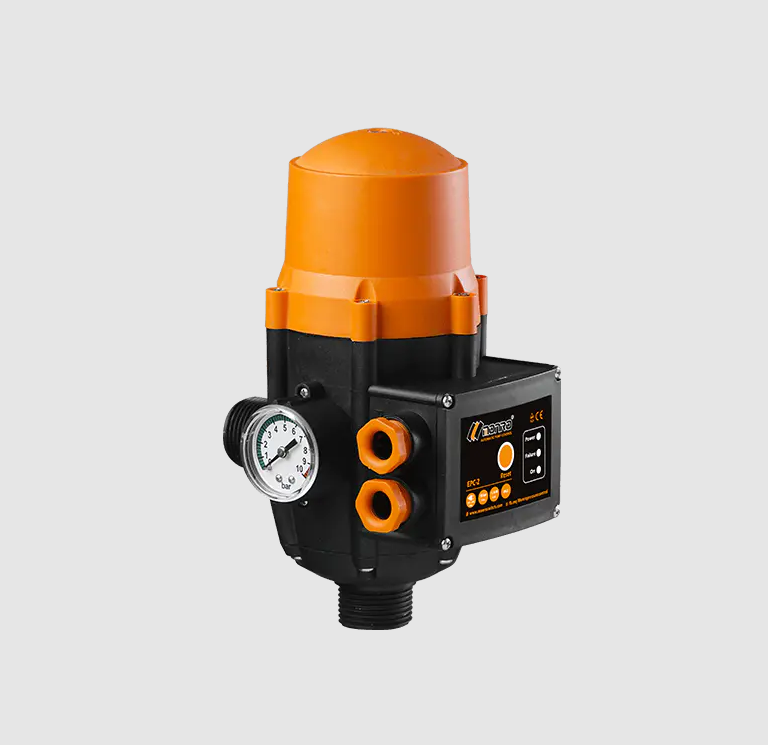In the realm of industrial automation, Automatic Pump Control (APC) systems stand out for their ability to regulate fluid dynamics with precision and efficiency. The seamless collaboration between the software and hardware components of these systems is what enables them to perform their critical functions effectively. This article aims to explore the intricate relationship between the software and hardware in Automatic Pump Control systems and how they work in tandem to achieve operational excellence.
The heart of any Automatic Pump Control system lies in its ability to respond to real-time data and adjust operations accordingly. The software component is the brain of the system, responsible for interpreting sensor data, executing control algorithms, and sending commands to the hardware. It is designed to be user-friendly, allowing operators to set parameters, monitor performance, and troubleshoot issues through a graphical interface. The software also plays a crucial role in predictive maintenance, as it can analyze trends and alert operators to potential problems before they become critical.
Conversely, the hardware is the muscle of the Automatic Pump Control system. It includes the physical components such as pumps, motors, valves, and sensors that interact with the process fluid. The hardware is engineered to be robust and reliable, capable of withstanding the harsh conditions often found in industrial settings. It is also designed to be modular, allowing for easy replacement or upgrade of individual components as needed.
The synergy between the software and hardware in Automatic Pump Control systems is achieved through a series of feedback loops. Sensors embedded in the hardware continuously monitor parameters such as flow rate, pressure, and temperature, and relay this information to the software. The software then processes this data, compares it to the set points, and adjusts the hardware's operation to maintain the desired conditions. This closed-loop control ensures that the system can respond quickly to changes in the process, minimizing overshoot and settling time.
One of the key advantages of Automatic Pump Control systems is their adaptability. The software can be programmed to accommodate a wide range of processes and conditions, and the hardware can be configured to suit specific applications. This flexibility allows users to optimize their systems for maximum efficiency and performance, whether they are dealing with clean water, corrosive chemicals, or high-temperature fluids.
The integration of advanced communication protocols in Automatic Pump Control systems further enhances the synergy between software and hardware. These protocols allow for seamless data exchange not only within the pump control system but also with other components of the industrial network. This enables the Automatic Pump Control system to be part of a larger automated process, where it can receive commands from a central control system and provide feedback on its status and performance.
In conclusion, the software and hardware of Automatic Pump Control systems are designed to work in perfect harmony. The software provides the intelligence to make informed decisions, while the hardware executes these decisions with precision. This synergy is what makes Automatic Pump Control systems so effective in managing fluid dynamics in a wide range of industrial applications. As technology continues to advance, the integration of software and hardware in Automatic Pump Control systems will only become more sophisticated, leading to even greater levels of efficiency and reliability.
The working principle of the device adopts dual control of Pressure and flow. It goes auto-on and auto-off for the water pump when water pressure changes based on water consumption.

